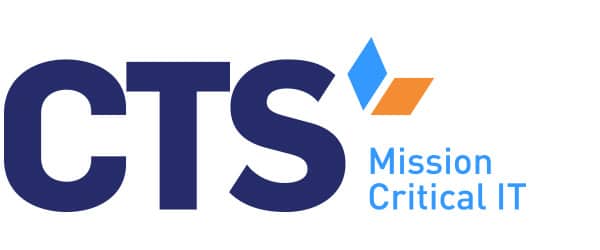In an era of remote learning, good digital citizenship is more important than ever.
With the advent of widespread remote learning, students spend most of their instructional hours in front of a computer, usually connected to the internet, engaging with their teachers and peers online.
With greater access, however, comes greater exposure. How can schools ensure that students know how to safely navigate the internet, maximizing the benefits of online instructional platforms while also keeping themselves safe online? What about cyber-bullying? As students spend more time online, how can schools and teachers make sure students continue to treat each other with respect, even when adults aren’t watching?
Enter the Children’s Internet Protection Act (CIPA), which requires schools to conduct programming designed to keep their students safe while online.
Why does CIPA compliance matter for E-rate funding?
But what does CIPA have to do with E-rate funding? Here’s the catch: in order to qualify for E-rate funding—funds that, moreover, help schools dramatically offset the costs associated with technology expenditures—schools must demonstrate compliance with CIPA or, during an audit, potentially risk losing their funds.
In fact, before schools ultimately receive their E-rate funds each year, they must certify compliance with CIPA, including developing and posting their school’s internet policy and providing “reasonable notice” of its requirements to all teachers, students, and their families.
So, yes, CIPA compliance is another to-do on administrators’ plates, but it’s no doubt important, and with enough forward-planning, schools can easily accomplish the program’s aims. When done well, CIPA compliance can also, of course, help keep kids safe while they’re online and, in an era of remote learning, re-set expectations regarding student behavior, even when adults aren’t literally over kids’ shoulders.
Consider weaving CIPA’s digital citizenship content into your existing SEL or advisory programming.
For many schools, accomplishing CIPA’s compliance requirements is as simple as weaving digital citizenship instruction into their existing social-emotional learning (SEL) or advisory programming. While this time is often spent reviewing students’ academic progress, checking student information systems for any missing assignments, and providing general school-wide announcements to small groups of students, SEL and advisory blocks often weave in a curriculum that addresses pressing non-academic topics.
Younger grades may focus on “Pause and Think” with regard to their actions online, while intermediate and older grades might learn, instead, about “Digital Drama” and “Countering Hate Speech,” respectively, in their small groups.
In addition to differentiating content by grade level, schools can also plan regular touchpoints throughout the year that reinforce or add to the content covered in their initial sessions. Rather than reinventing the wheel by, say, requiring a whole-school assembly that addresses CIPA-related topics, the point is that schools can use their existing schedules and programming to accomplish CIPA’s goals. Hosting these discussions in small groups, too, may be more effective than a generalized announcement about digital citizenship topics, as students may be eager to share their own personal experiences with, for example, cyber-bullying, that aren’t appropriate for a large-group discussion.
Make sure to document your CIPA digital citizenship programming in case of an audit.
Regardless of your school’s specific approach, it’s important to, first, create, receive feedback on, and publicize your school’s internet policy. Students and their families shouldn’t be able to plead ignorance if, ultimately, an issue arises that violates one of the policy’s provisions.
Second, when schools conduct their digital citizenship programming, they should be sure to document all of their efforts so that, in case of an audit, they can produce a paper trail—whether lesson plans, emails to staff, or student work—that demonstrates compliance with the program’s requirements. Taking the time to document these sessions now, rather than scrambling in the few days before an audit, can save administrators valuable time and stress, allowing them to focus more squarely on key instructional and non-instructional priorities.
As the pandemic continues, keep an eye out for updates from E-rate regarding digital citizenship requirements.
Of course, given the extraordinary circumstances in which schools are operating, it’s important to remain flexible. E-rate could surely extend the deadline for CIPA compliance or otherwise change or even enhance the program’s digital citizenship requirements to accommodate increased online learning. Whatever the case, make sure your school leadership team regularly checks the FCC’s website for important E-rate updates or, at the very least, consults with your managed IT service provider to see if they’re aware of any changes.
At CTS, we help our partners navigate the challenges of the E-rate program and accomplish their unique missions.
Whether tackling CIPA’s compliance requirements or ensuring students remain safe online by installing cutting-edge firewalls and filtering software on school devices, our team stands ready to assist school leaders with their diverse school IT needs. Contact us today to learn more about our services and how we can help your school accomplish its unique mission, all while keeping students safe online.




